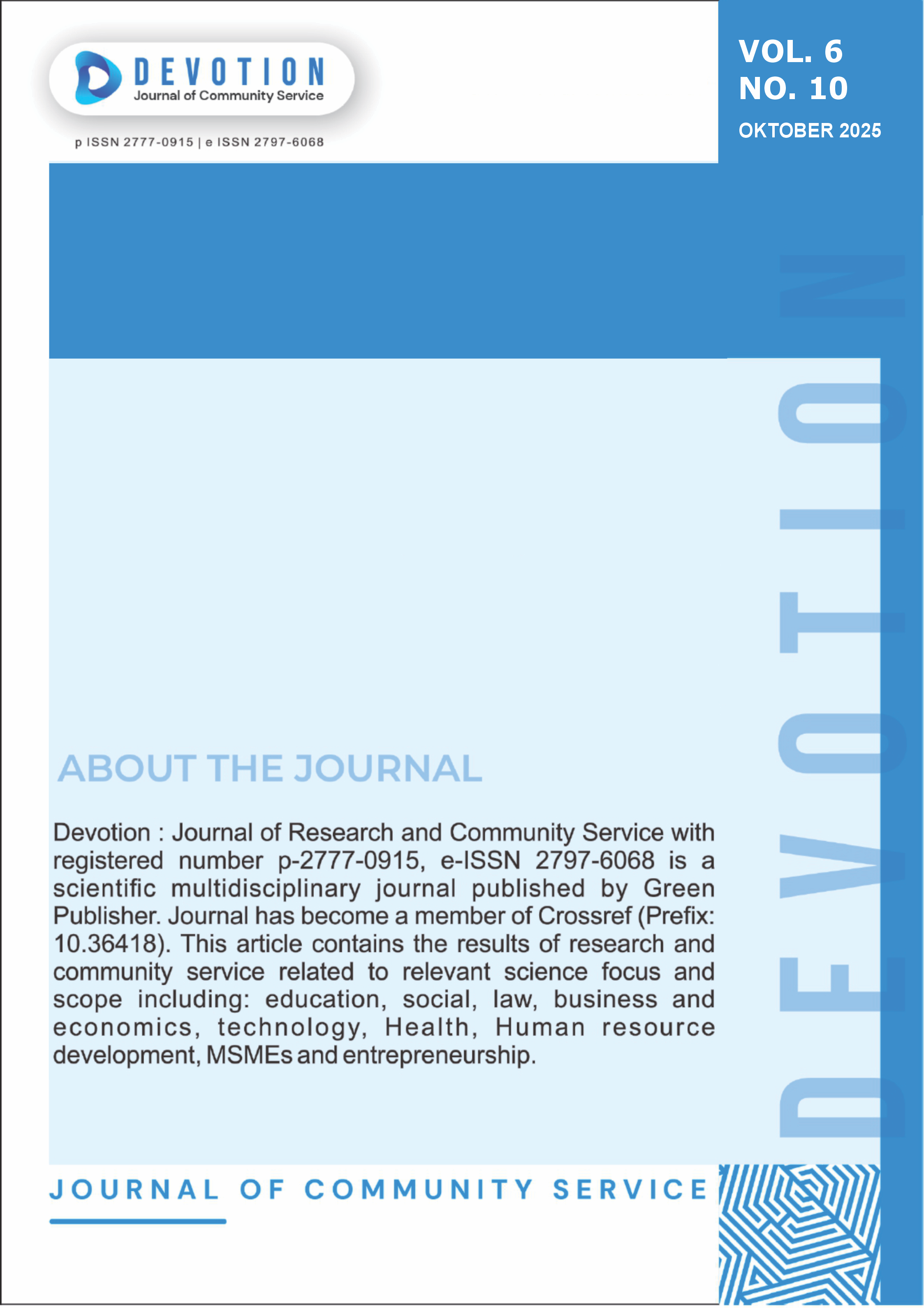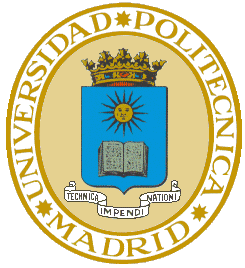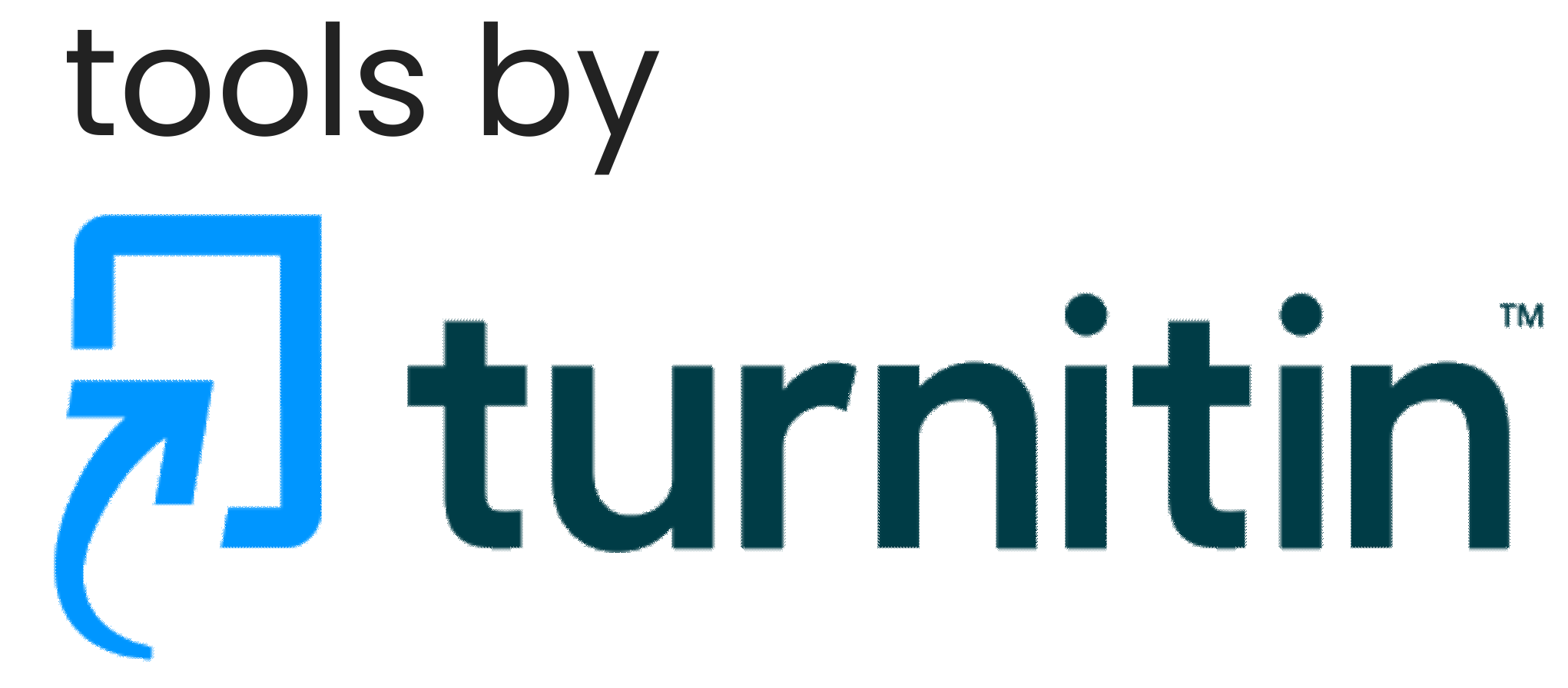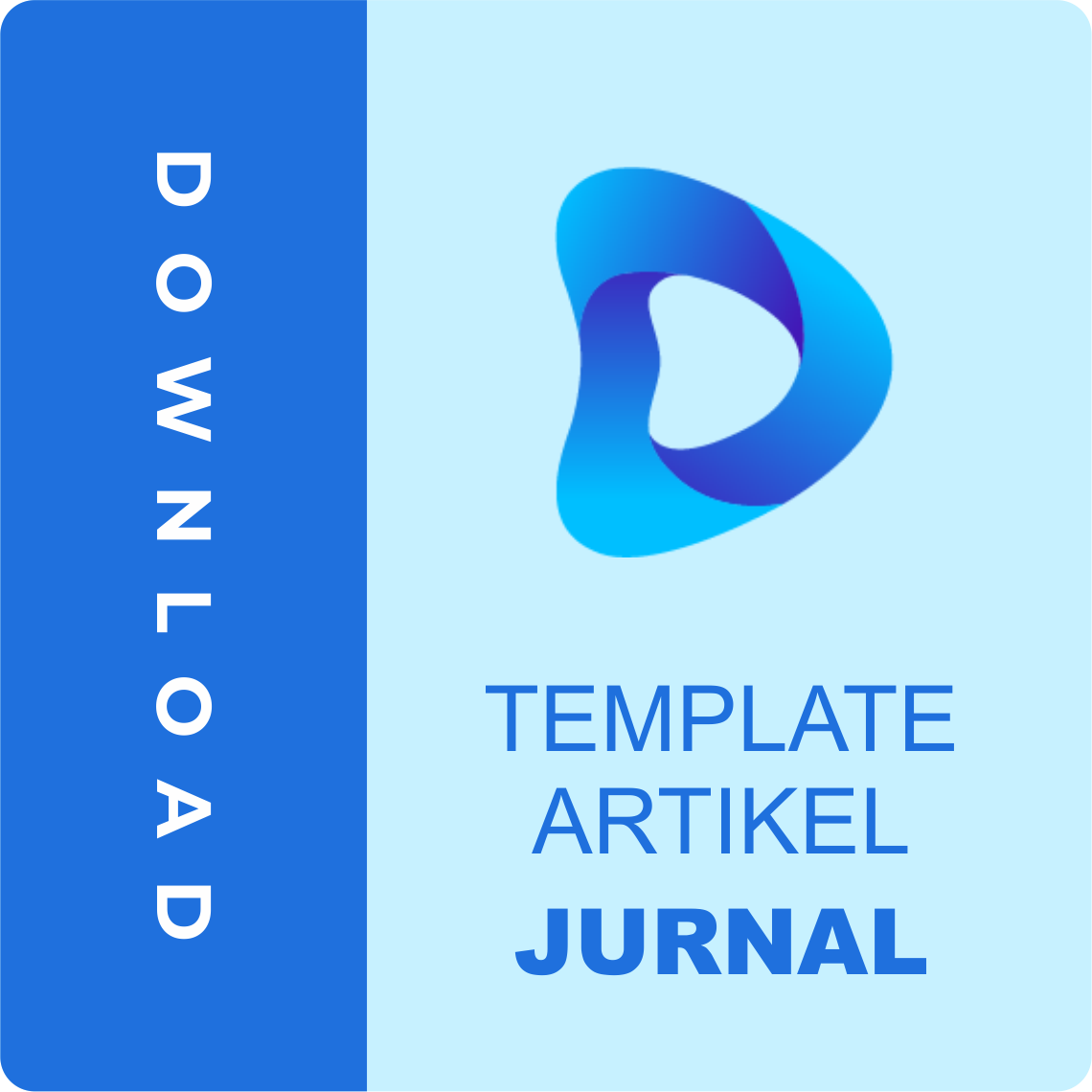Case Report: A 47-Year-Old Man with Coagulopathy Due to a Snakebite
DOI:
https://doi.org/10.59188/devotion.v6i10.25544Keywords:
snakebite, Trimeresurus insularis, VICC, coagulopathy, antivenomAbstract
Venomous snakebite is a medical emergency commonly occurring in tropical regions and can lead to severe systemic complications, including Venom-Induced Consumption Coagulopathy (VICC). This condition is characterized by activation of the coagulation pathway by snake venom enzymes, leading to massive consumption of clotting factors. A 47-year-old male presented with severe pain, progressive swelling, and subcutaneous bleeding of the left lower limb following a suspected snakebite while working in a forest. Laboratory examination revealed an unmeasurably prolonged prothrombin time (>150 seconds), indicating severe coagulopathy. The suspected envenomation was caused by Trimeresurus insularis, a venomous pit viper endemic to East Nusa Tenggara, Indonesia. Due to the unavailability of antivenom, the patient was managed supportively with Fresh Frozen Plasma (FFP) transfusion and vitamin K before self-discharging against medical advice. This case highlights the critical importance of early recognition and timely antivenom administration in managing venomous snakebites. Without antivenom, the risk of life-threatening complications such as hemorrhage, organ failure, and death increases significantly. Equitable distribution of antivenom and enhanced education for healthcare providers and the community are essential to reducing snakebite-related morbidity and mortality in Indonesia.
Downloads
Published
Issue
Section
License
Copyright (c) 2025 Reynardo Kurnia Hadiyanto Purba, Beatrix Sio, Ayu Cyntia Tanto, Heri Sutrisno Prijopranoto, Amrul Marpaung

This work is licensed under a Creative Commons Attribution-ShareAlike 4.0 International License.
Authors who publish with this journal agree to the following terms:
- Authors retain copyright and grant the journal right of first publication with the work simultaneously licensed under a Creative Commons Attribution-ShareAlike 4.0 International. that allows others to share the work with an acknowledgement of the work's authorship and initial publication in this journal.
- Authors are able to enter into separate, additional contractual arrangements for the non-exclusive distribution of the journal's published version of the work (e.g., post it to an institutional repository or publish it in a book), with an acknowledgement of its initial publication in this journal.
- Authors are permitted and encouraged to post their work online (e.g., in institutional repositories or on their website) prior to and during the submission process, as it can lead to productive exchanges, as well as earlier and greater citation of published work.













